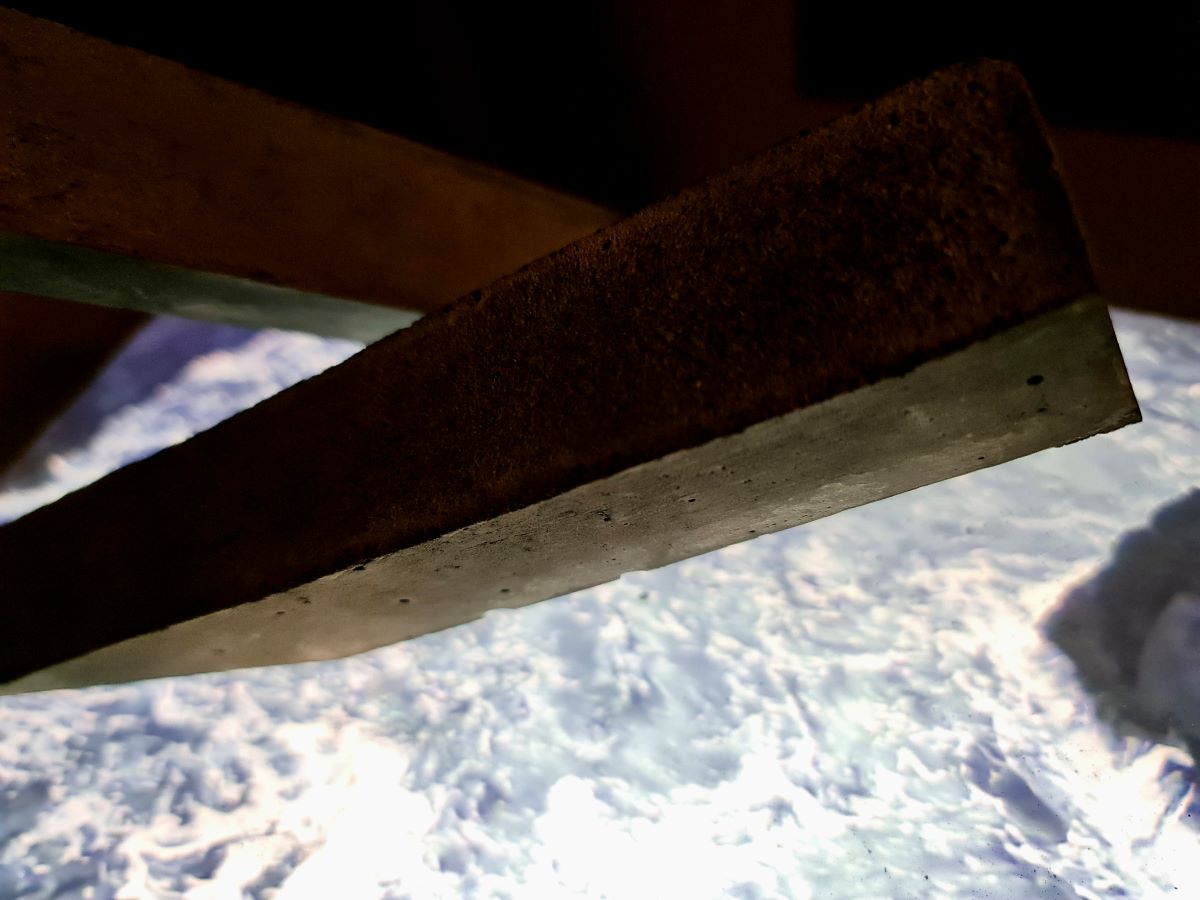Continuing Narratives: Cultural Laboratory in an Archaeological Landscape
Static | Kinetic Morphology Aiming to draw attention to the recentness of the physical forms we best associate with the past and present such as transient impressions of habitation, the projects hopes to explore the ephemerality of architecture within overall historic timelines. The aspiration of which, to elude to the contrast between fast-changing settlement growth/development within Sligo (Kinetic Morphology) set against the backdrop of a continuous eternal landscape (Static) — an ‘ever-changing’ performance at the foreground of a permanent ‘stage’. Much like the monuments and landscape, the building is to act as the unchanging backdrop to human activity and expression, where the work conducted within is presented as a performative expression within this constant environment.
From its elevated siting, it hopes to provide the same interconnectivity to Sligo and the surrounding geological features as the ‘network’ of neolithic structures. Though Sligo is perceived as part of the landscape, the idea explores the dichotomy of both elements — the city as a changing organism with tangible links to the past and future and the the landscape, the existence of which extends further still. With aims of providing implied/ perceived connection between physical distanced spaces which make up the program of the building across varying vertical levels, the inspiration of its design was derived from the perpetuation of architectural forms, permanence of landscape and the megalithic monuments which now form part of it.
Concept Model Kinetic model to present an ever-changing inhabitation/movement of the in-between/void around stoic monument, separated yet interconnected, denoting the unchanged landscape with acts as the backdrop to the presence and product of civilisation from early regional settlement to the present day. The projection of light hopes to provide a rhythmic atmosphere and aims to demonstrate that the tangible links we best associate with the past are the product of fleeting moments of human habitation and are of very recent origin — a brief appearance on the overall timeline of human settlement
